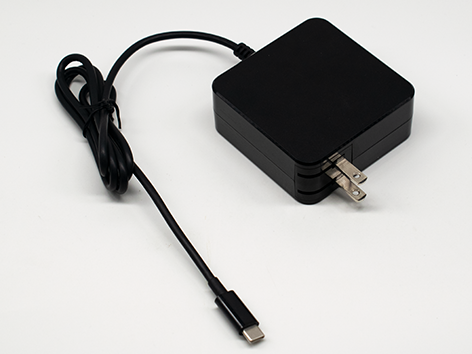
Home chargers can be divided into two types based on their output type: direct current (DC) and alternating current (AC). However, in reality, what we refer to as "home chargers" in our daily lives usually refer to devices that convert AC power from the home grid into the DC power required by devices. The following is a detailed explanation of these two types of currents and their related chargers:
1. Direct current (DC) charger
Definition: Direct current refers to a current that does not change direction and is commonly used to power batteries or charge electronic devices.
Application: Chargers for portable electronic devices such as mobile phones, tablets, and laptops mostly output direct current.
Conversion process: The AC power provided by the household power grid is first converted into lower voltage AC power through an internal or external transformer, and then converted into DC power through a rectifier. The voltage and current required by the equipment are adjusted through a voltage regulator circuit.
2. AC charger
Definition: AC power refers to the current that periodically changes direction, and the household power grid provides AC power.
Application: Although called "AC charger", it is not common in household appliances because most household appliances require a stable DC power supply.
Conversion process: In some cases, such as certain types of power tools or equipment, AC power may be used directly, but this is not a common type of household charger.
Characteristics of household chargers
Input terminal (AC input)
Standard: The input terminal of most household chargers is designed to accept standard household grid AC power (usually 220V/50Hz in China).

Adapter: In order to adapt to different voltage and frequency standards, some chargers may be equipped with international plugs or support a global voltage range (such as 100V-240V).
Output terminal (DC output)
Voltage regulation: The output terminal can usually provide multiple voltage options according to different device requirements.
Current control: Modern chargers often have intelligent recognition functions that can automatically adjust the output current according to the needs of the connected devices.
Choose the appropriate charger
When choosing a suitable home charger, the following points should be noted:
Voltage matching: Ensure that the output voltage of the charger is consistent with the required voltage of the device.
Current matching: Excessive current may damage the device, while insufficient current may result in slow charging speed.
In short, most chargers used in home environments convert AC power provided by the power grid into DC power suitable for device use. Therefore, when we talk about household chargers, we usually refer to those that output DC power.